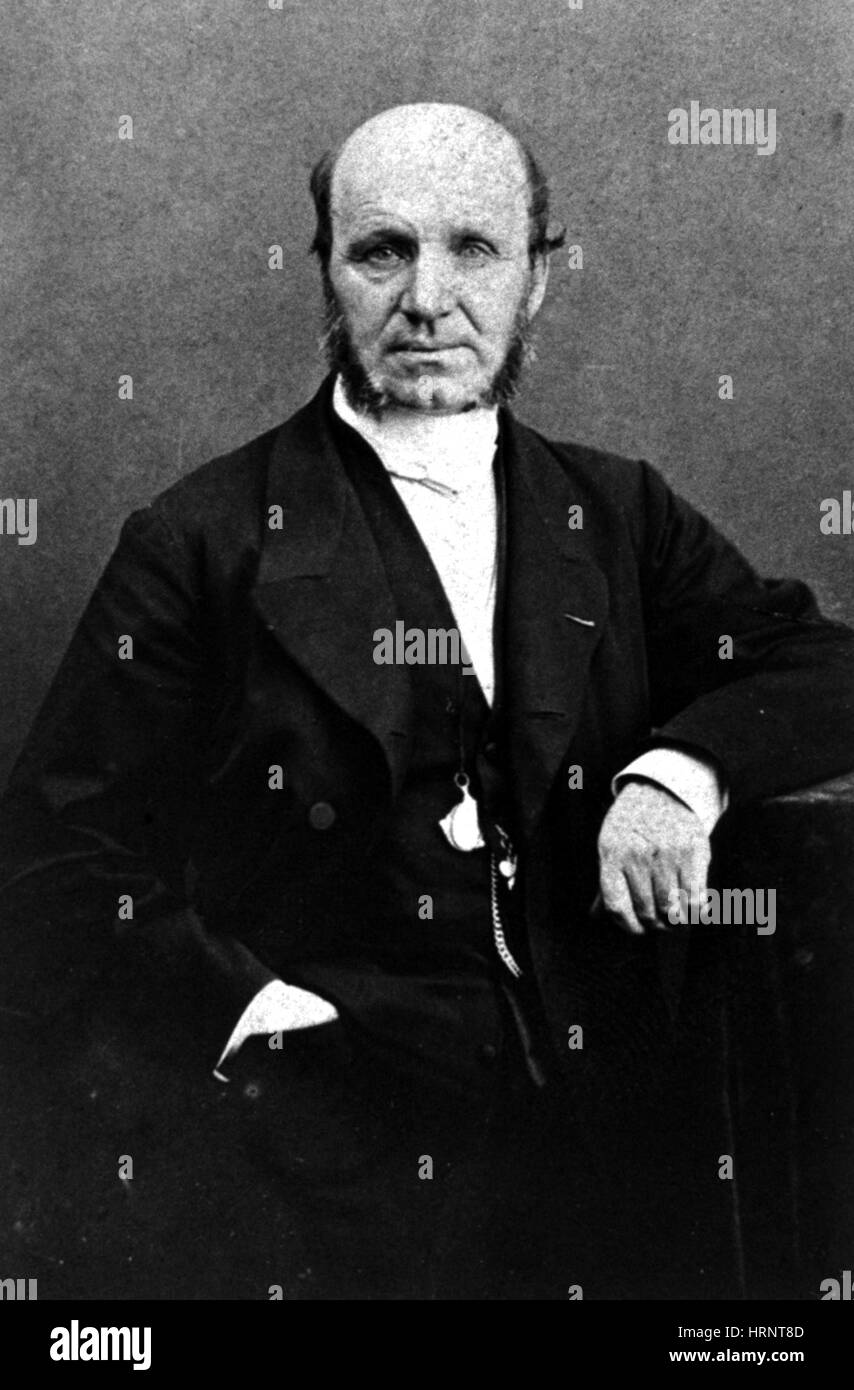G.B.A. Duchenne, French Neurologist

Image details
Contributor:
Science History Images / Alamy Stock PhotoImage ID:
HRNT8DFile size:
47.4 MB (837.2 KB Compressed download)Releases:
Model - no | Property - noDo I need a release?Dimensions:
3300 x 5023 px | 27.9 x 42.5 cm | 11 x 16.7 inches | 300dpiPhotographer:
Photo ResearchersMore information:
This image could have imperfections as it’s either historical or reportage.
Guillaume-Benjamin-Amand Duchenne de Boulogne (September 17, 1806 - September 15, 1875) was a French neurologist who advanced the science of electrophysiology. The era of modern neurology progressed from Duchenne's understanding of the conductivity of neural pathways, his revelations of the effect of lesions on these structures and his diagnostic innovations including deep tissue biopsy, nerve conduction tests (NCS), and clinical photography. His greatest contributions were made in the myopathies that came to immortalize his name, Duchenne Muscular Dystrophy, Duchenne-Aran spinal muscular atrophy, Duchenne-Erb paralysis, Duchenne's disease (Tabes dorsalis), and Duchenne's paralysis (Progressive bulbar palsy). He was the first clinician to practice muscle biopsy, the harvesting of in vivo tissue samples with an invention called Duchenne's trocar. In 1855 he formalized the diagnostic principles of electrophysiology and introduced electrotherapy in a textbook titled, De l'electrisation localisÌ©e et de son application ÌÊ la physiologie, ÌÊ la pathologie et ÌÊ la thÌ©rapeutique. A companion atlas to this work titled, Album de photographies pathologiques, was the first neurology text illustrated by photographs. He died of hemorrhagic bleeding in 1875, after several years of illness. He was 68 years old.